5402NA Circular Saw
The Makita 5402NA Circular Saw is a big saw with an electric brake for timber framers
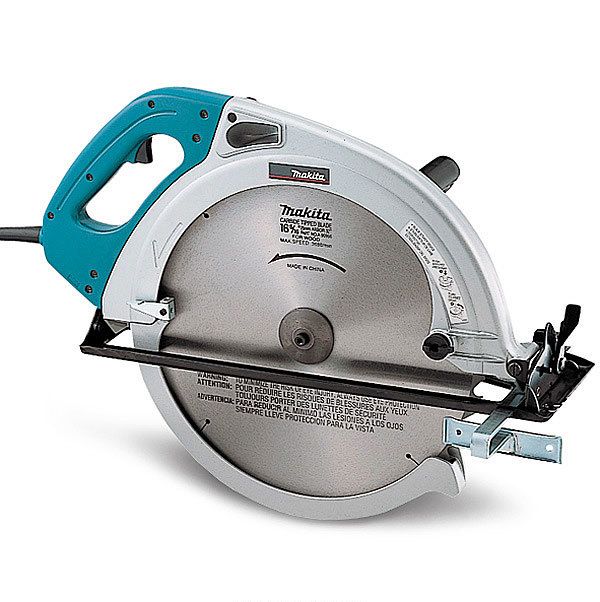
I build a few small timber-frame projects each year. I used to cut the beams with a 7-1/4-in. or a 10-1/4-in. circular saw and finish the cuts with a reciprocating saw. These jobs were coming steadily enough that I decided it was time to invest in a dedicated beam saw. The Makita 5402NA, the largest 110v saw available, was the obvious choice. The 5402NA is so large that when I held it for the first time, I felt like a little kid. Weighing a shade over 32 lb., it’s nearly three times heavier than my corded sidewinder. At first glance, I had two preconceptions: first, that the saw would be incredibly powerful; second, that the cuts would be imprecise. I was wrong on both counts. I first tested the saw while building a timberframe roof over a deck. The beam package was milled from green hemlock and included 8×12 main beams. At full depth, the 5402NA’s 16-5/16-in. blade cuts 6-1/4 in. at 90°. This was not deep enough to cut through the main beams without flipping them, but doing so left the follow-up cut within reach of a standard circular saw, which is much easier to control. Using the two saws produced a much better cut than any other combination I’ve used in the past.
The 5402NA takes a few seconds to wind up when the trigger is pulled. When I fed it into the hemlock at full depth, it bogged down, but if I let the blade wind up to full speed and then reduced the feed rate to a snail’s pace, the saw performed just fine. It was also fine cutting 4 in. or less, such as when making tenons and half-lap joints. The cuts were square and showed little evidence of blade wobble.
Next, I tested the saw on a small grade-level deck project. Although the saw is comfortable to run, it’s a boat anchor to drag around the job site. I found myself trying to decide if the saw or the 6×6 post was the heavier item to move. Ultimately, I found it easier to roll the post onto a miter-saw stand to finish the cut started by a small circular saw than to work this monster all day.
As a final test, I decided to use the 5402NA to gang-cut stair stringers as described by Rick Arnold in “Framing Stairs With a Landing” (FHB #210). I like to use 11-7/8-in. LVLs for runs longer than 6 ft., so I clamped three LVLs together and, slowly but surely, was able to cut three stringers at once. Considering how well the saw performed this task, I would have bought it solely to spare myself the tedium of cutting stringers individually.
I do have a few criticisms of the 5402NA. First, the spring tension on the blade guard is too stiff. The saw is hard enough to manage without struggling to move the guard. Second, the trigger-safety button is terrible. It almost requires two hands to start the motor—one to operate the trigger and another for the safety—leaving zero hands to guide the saw and making the designation “trigger safety” woefully ironic. Not only do you have to contort your fingers to operate it, but the button is flush with the handle and difficult to engage. I solved this problem by gluing a dowel extension to the safety button, making the saw much easier to use.
So is the Makita 5402NA a worthwhile purchase? It depends on what you do. The bottom line is that it runs on 110v and cuts 6-1/4 in. deep, which is a rare combination. At around $730, the 5402NA isn’t cheap, but the next step up in power with similar capacity is a $3000 timber saw, which requires a 220v outlet. The 5402NA does cut slowly, but I’m not sure under-powered is a fair characterization. With a 15-amp motor, it’s already at the threshold for readily available household current. The 5402NA is not a saw I will use every day, but when the situation demands, I’m grateful to have it. The tool comes with a 32-tooth blade, blade wrench, rip fence, and storage stand.









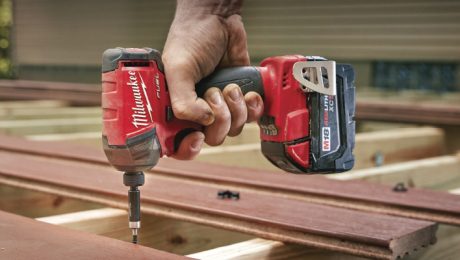
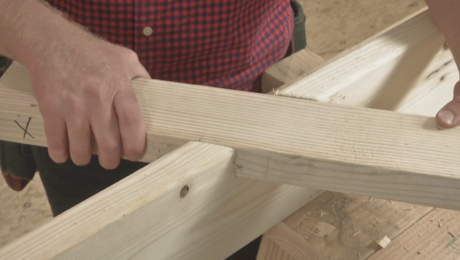
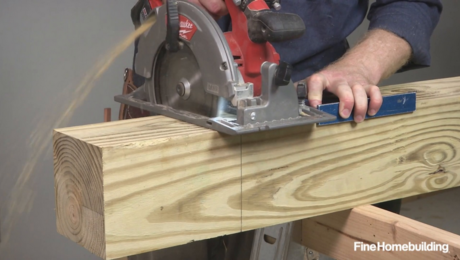
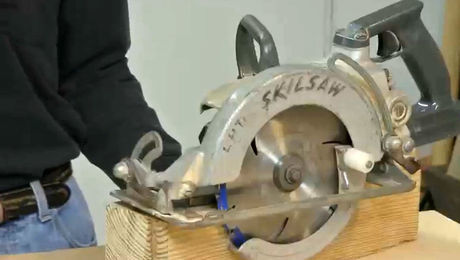
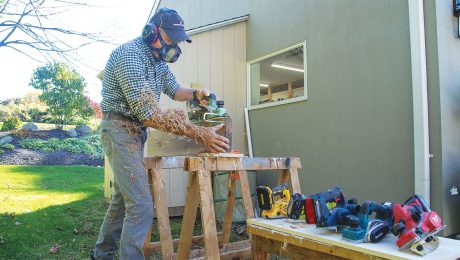

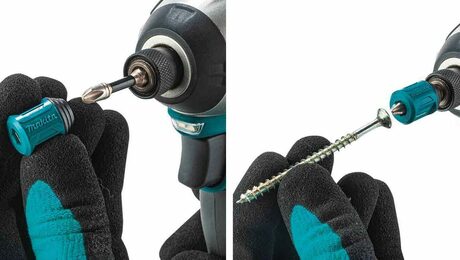










Comments are closed.